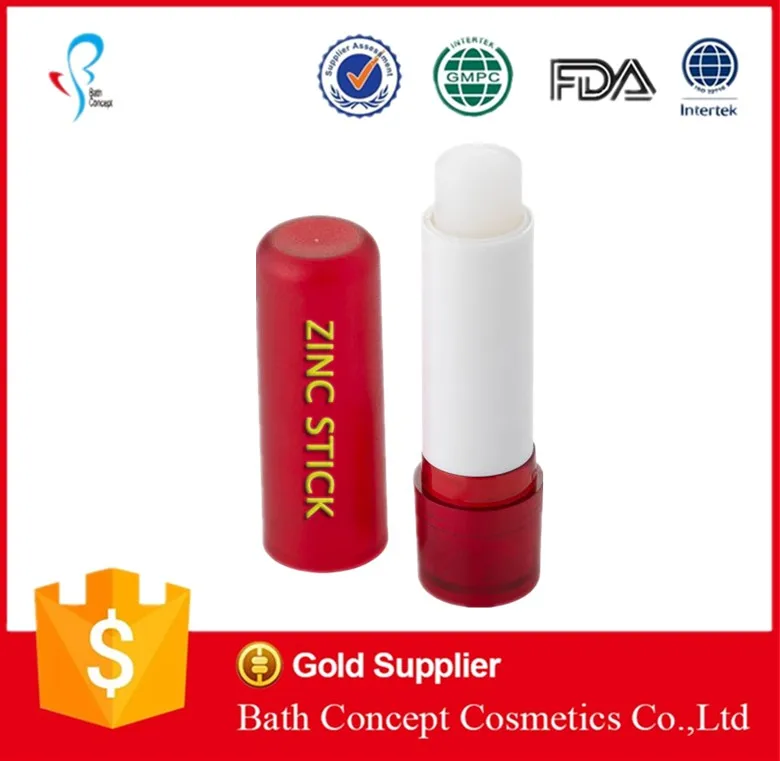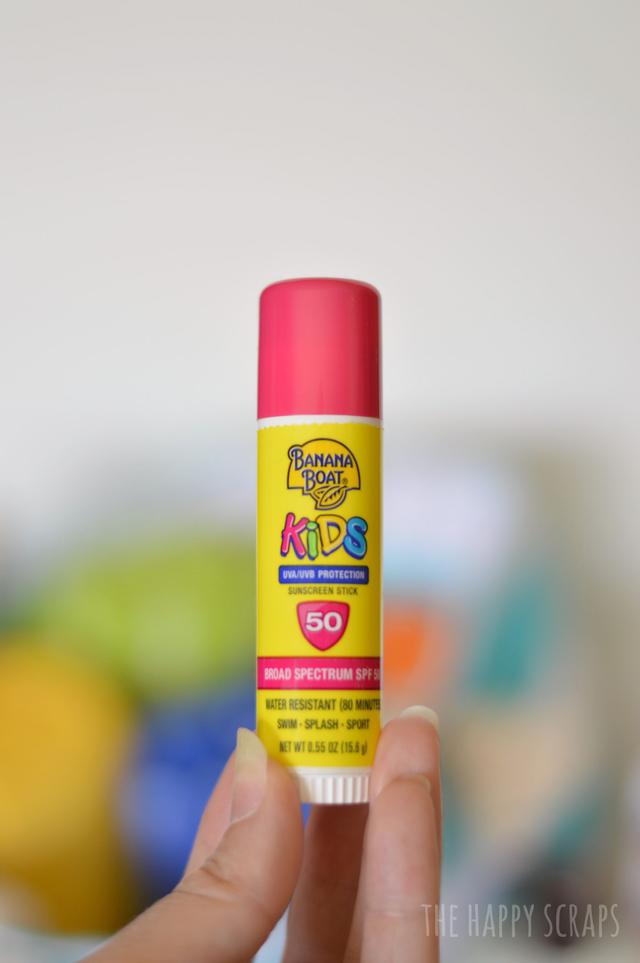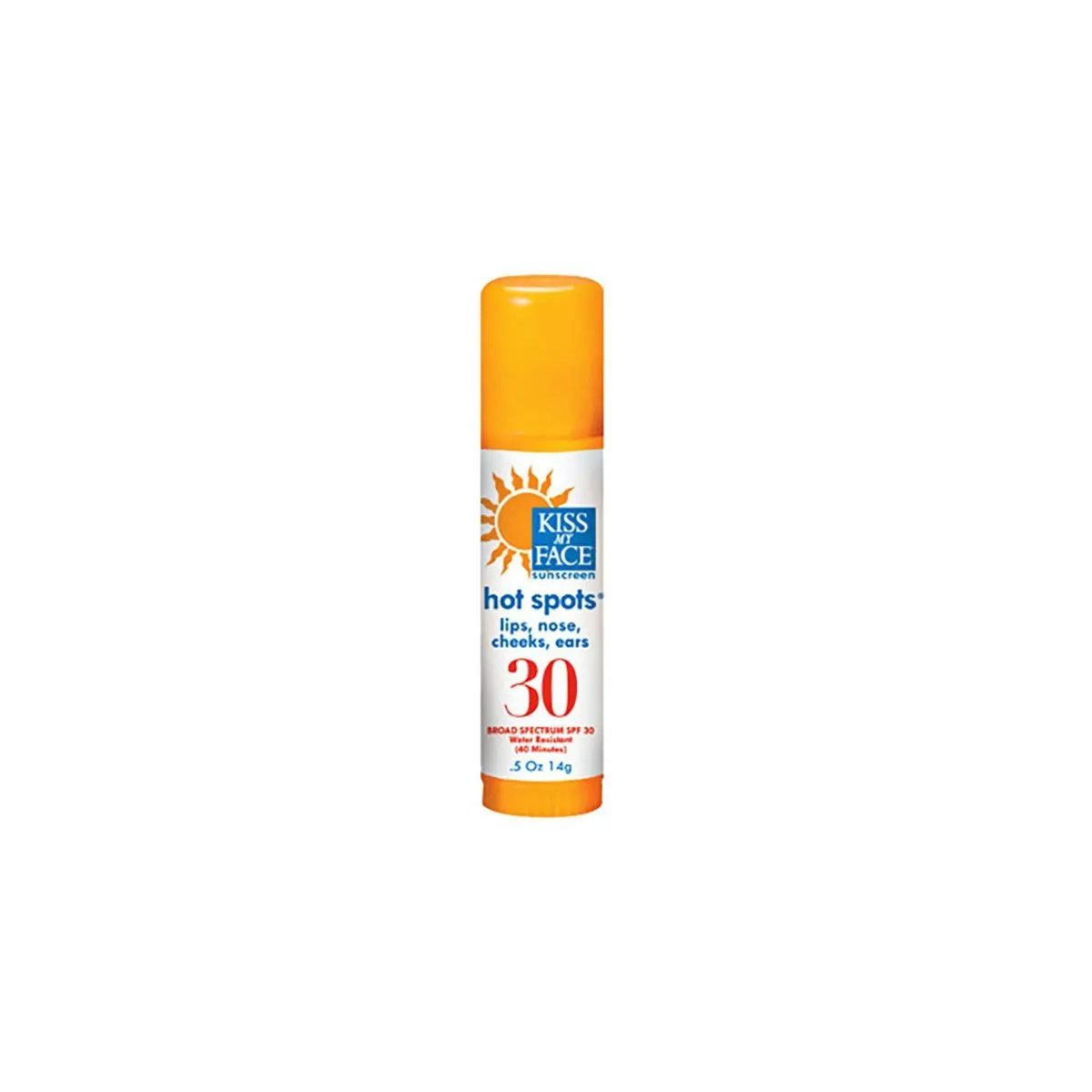

We could also see first-hand how they felt on the skin and how quickly they absorbed.
#SUNSCREEN STICK FREE#
This real-life testing allowed us to examine a wide range of formulas, assessing them on their SPF level, level of water resistance, active ingredients, and the ingredients they are free from. To draw up our shortlist of favorites, we conducted hours of research on the best zinc oxide sunscreens at home and in our Manhattan lab. The latest iterations are much more cosmetically elegant and feel more like a dewy layer of moisture than a nuisance only dermatologists could love.

But it’s not like the thick, goopy, white stuff that lifeguards slather on their noses. They also aren’t absorbed into the bloodstream like their chemical counterparts (something the FDA is currently investigating), and don’t demonstrate the hormonal activity that filters like oxybenzone, octinoxate, and octocrylene display in animal studies (although more research on humans is needed).1 One of the most commonly used minerals in sunscreen is zinc oxide. "Physical sunblocks, which I prefer and recommend to my patients, reflect the sun's energy away from our skin."Įach has its own pros and cons, but mineral sunscreens are generally less irritating. "Chemical sunscreen ingredients absorb the energy of the sun and undergo a chemical reaction protecting the skin from absorbing that energy," Dr. There are chemical sunscreens and mineral (or physical) sunscreens. Sunscreen formulas fall into two categories. "You want to make sure the sunscreen you pick is at least SPF 30, that it is labeled as broad-spectrum, and that it contains zinc oxide with or without titanium dioxide," says board-certified dermatologist Dr. When it comes to choosing sunscreen, some criteria are really important. You can exfoliate, mask, and moisturize until the cows come home, but if your sunscreen game isn’t on point, all the products in the world won’t save your skin-so you need to make sure you like your SPF. Their stick shape is also helpful for targeting precise areas of the face like the nose, ears, and eyes, and are often worn by skiers.įrom invisible and tinted to water-resistant and moisturising, we’ve been putting a wide variety of SPF stick formulas to the test.If we’ve said it once, we’ve said it a thousand times: It’s imperative to use sunscreen every day, 365 days per year, rain or shine, no ifs, ands, or buts about it. These handheld buys usually roll onto skin in the shape of a sunscreen balm hybrid, offering on-the-spot protection. This is where sunscreen sticks come in handy, as they’re a quick and easy way of slathering on some SPF.
#SUNSCREEN STICK FULL#
But we’ll admit that re-application can often fall by the wayside, whether you’ve already applied a face full of make-up, are out and about having fun or simply forget.

It’s vital to liberally apply sunscreen to ensure full coverage, and regular top-ups are required for optimum shielding too. When it comes to shopping for skincare, SPF is an all-round essential and the building blocks of a daily routine, which should be applied last. This dual-purpose combination helps prevent premature ageing associated with UVA rays and the potentially dangerous sun damage UVB rays can cause.

Sunscreen is a staple skincare buy to safeguard against the sun’s rays, with broad spectrum UVA and UVB protection being seen as the gold standard.


 0 kommentar(er)
0 kommentar(er)
